Shade tree
posimoto
10 years ago
Related Stories

LANDSCAPE DESIGN7 Great Trees for Summer Shade and Fall Color
These landscape-pro faves straddle the seasons beautifully. Could one enhance your own yard?
Full Story
LANDSCAPE DESIGNGreat Design Plant: Retreat to the Shade of Hardy Catalpa
Big foliage and a towering height provide a shady respite in summer, but that's not all hardy catalpa offers dedicated gardeners
Full Story
GARDENING GUIDES5 Best-Behaved Trees to Grace a Patio
Big enough for shade but small enough for easy care, these amiable trees mind their manners in a modest outdoor space
Full Story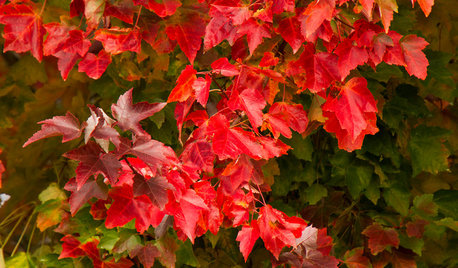
TREESGreat Design Plant: Acer Rubrum Brings Shade and Beauty
Red maple — a fast-growing, low-maintenance Eastern native — has spectacular fall foliage and early-spring flowers that feed pollinators
Full Story
GARDENING GUIDES13 Japanese Maples for Shade
A surprising variety of these understory trees is waiting to make a statement in your shade garden
Full Story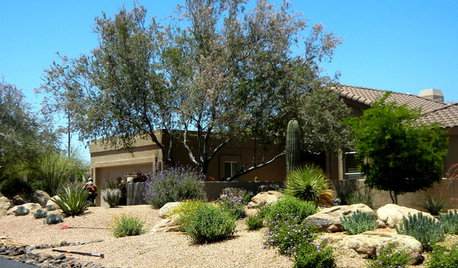
GARDENING GUIDESGreat Design Plant: Olneya Tesota Offers Desert Shade
This long-lived Southwestern native tree decorates the sky with its dusty gray-green foliage and lavender-colored blossoms
Full Story
GARDENING GUIDESHow to Keep Your Trees Healthy
Ensure your trees’ vigor for years to come with these tips for protecting roots, watering effectively and more
Full Story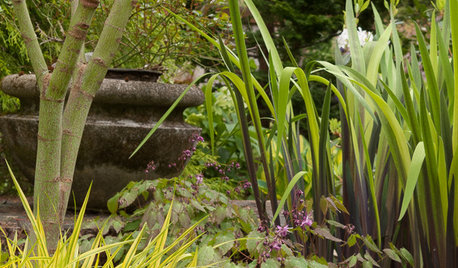
PLANTING IDEASA Great Spring Plant Combo for Dappled Shade
Time these ephemeral beauties right to watch them play off one another under a canopy of deciduous trees
Full Story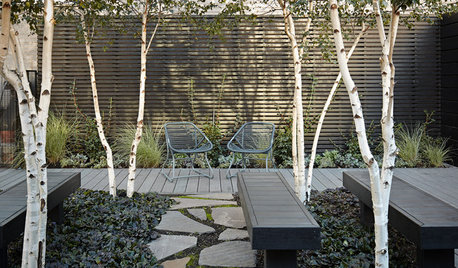
LANDSCAPE DESIGN5 Ways to Use Trees to Create a Sensational Garden Space
Trees define spaces in multiple ways and bring a layer of shade and intrigue to the landscape
Full Story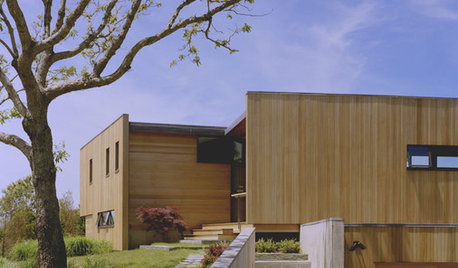
GARDENING AND LANDSCAPINGOld School Green Design: Keep the Trees!
Trees in the landscape add a sense of place, connection to nature, shade — and great beauty
Full StorySponsored
Columbus Area's Luxury Design Build Firm | 17x Best of Houzz Winner!
More Discussions








posimotoOriginal Author
edlincoln
Related Professionals
Clark Landscape Architects & Landscape Designers · Lyons Landscape Architects & Landscape Designers · Edmond Landscape Contractors · Goodyear Landscape Contractors · Berkeley Heights Landscape Contractors · Broadlands Landscape Contractors · Concord Landscape Contractors · Lancaster Landscape Contractors · North Richland Hills Landscape Contractors · Shirley Landscape Contractors · Yuba City Landscape Contractors · Green Bay Decks, Patios & Outdoor Enclosures · Haddonfield Decks, Patios & Outdoor Enclosures · High Point Decks, Patios & Outdoor Enclosures · Norman Decks, Patios & Outdoor EnclosuresposimotoOriginal Author
tree_oracle
mad_gallica (z5 Eastern NY)
Marie Tulin
prairiemoon2 z6b MA
posimotoOriginal Author
molie
bill_ri_z6b
pixie_lou
tree_oracle
pixie_lou
tree_oracle
posimotoOriginal Author
prairiemoon2 z6b MA
diggingthedirt
arbo_retum
Marie Tulin
bill_ri_z6b